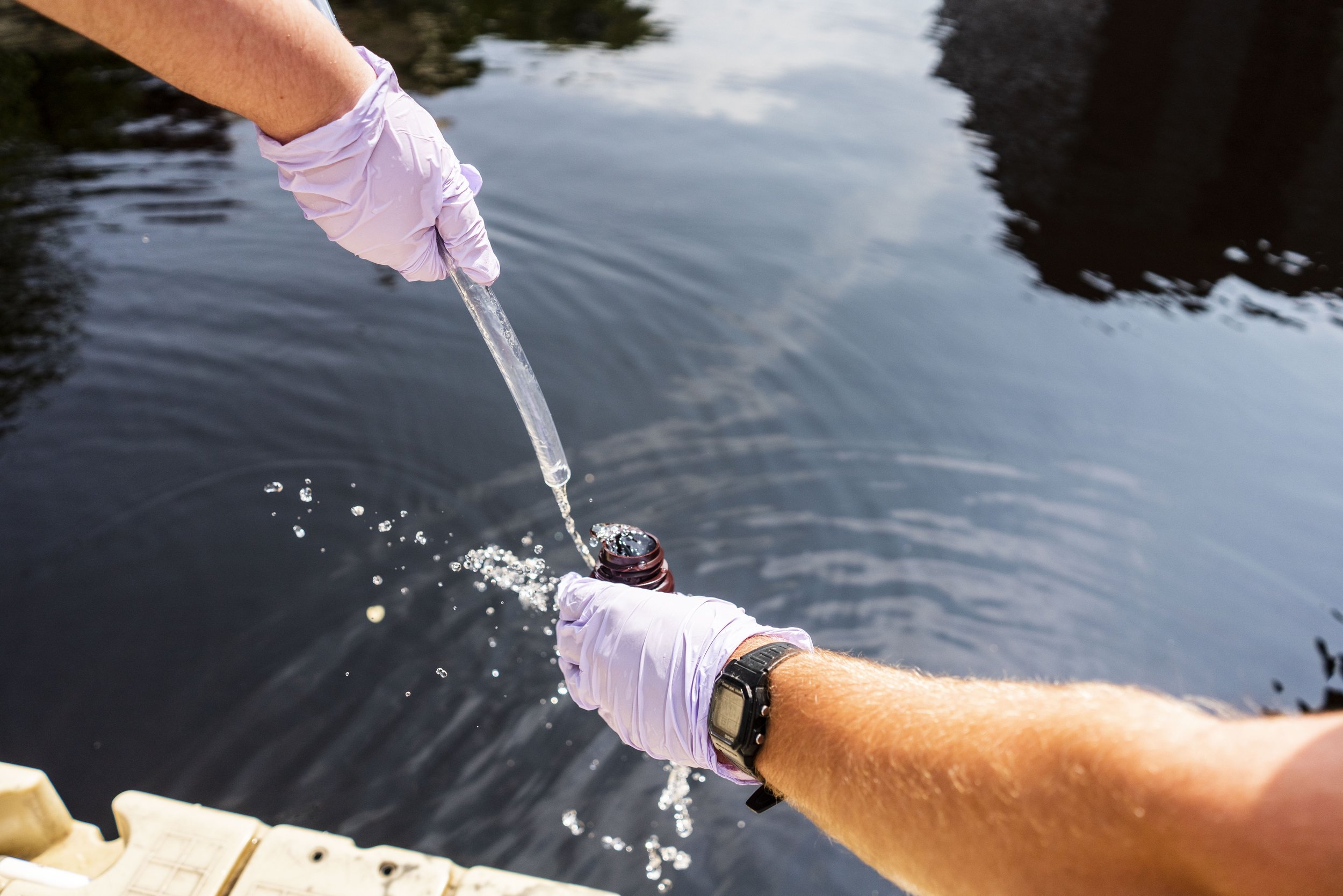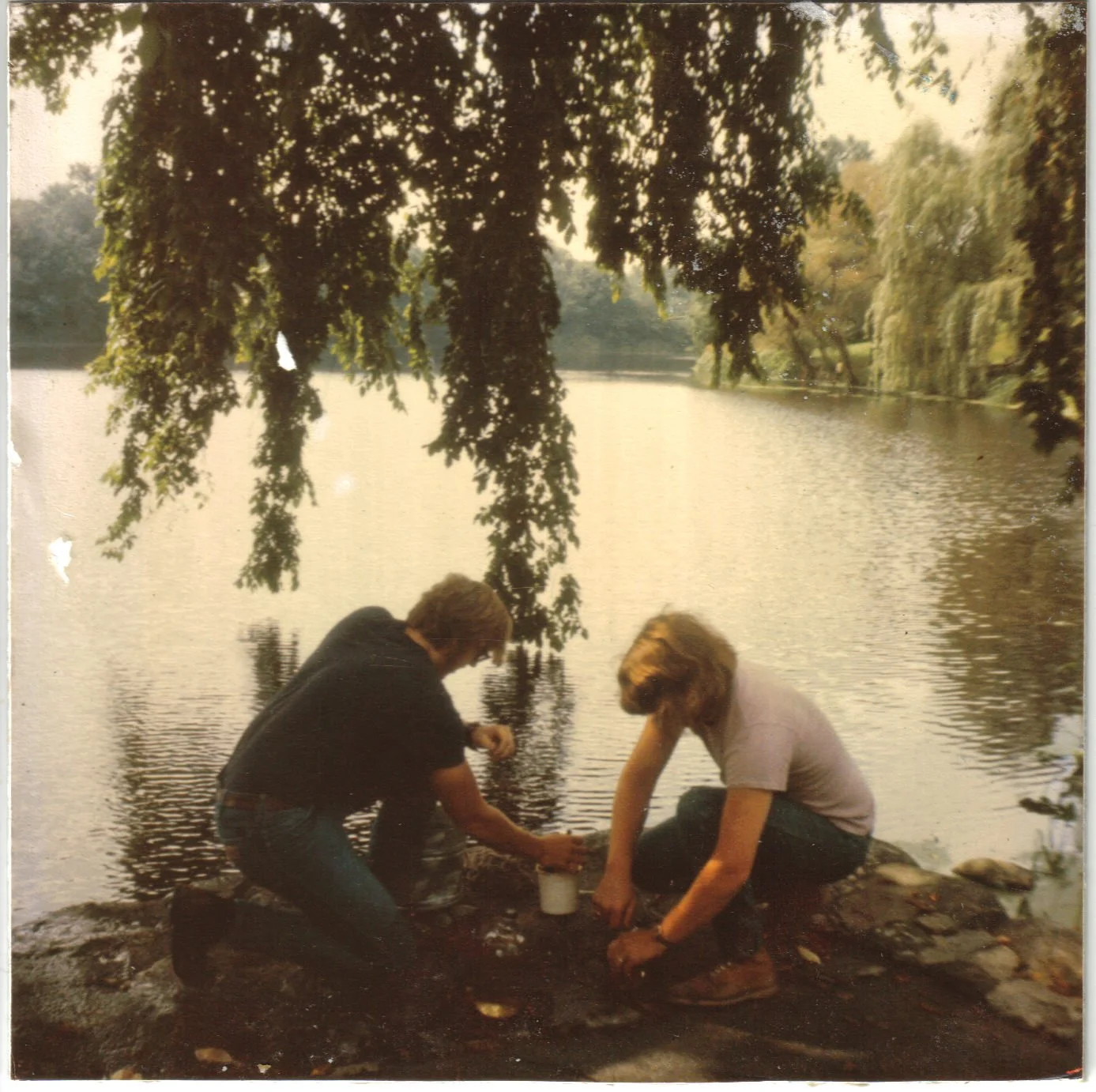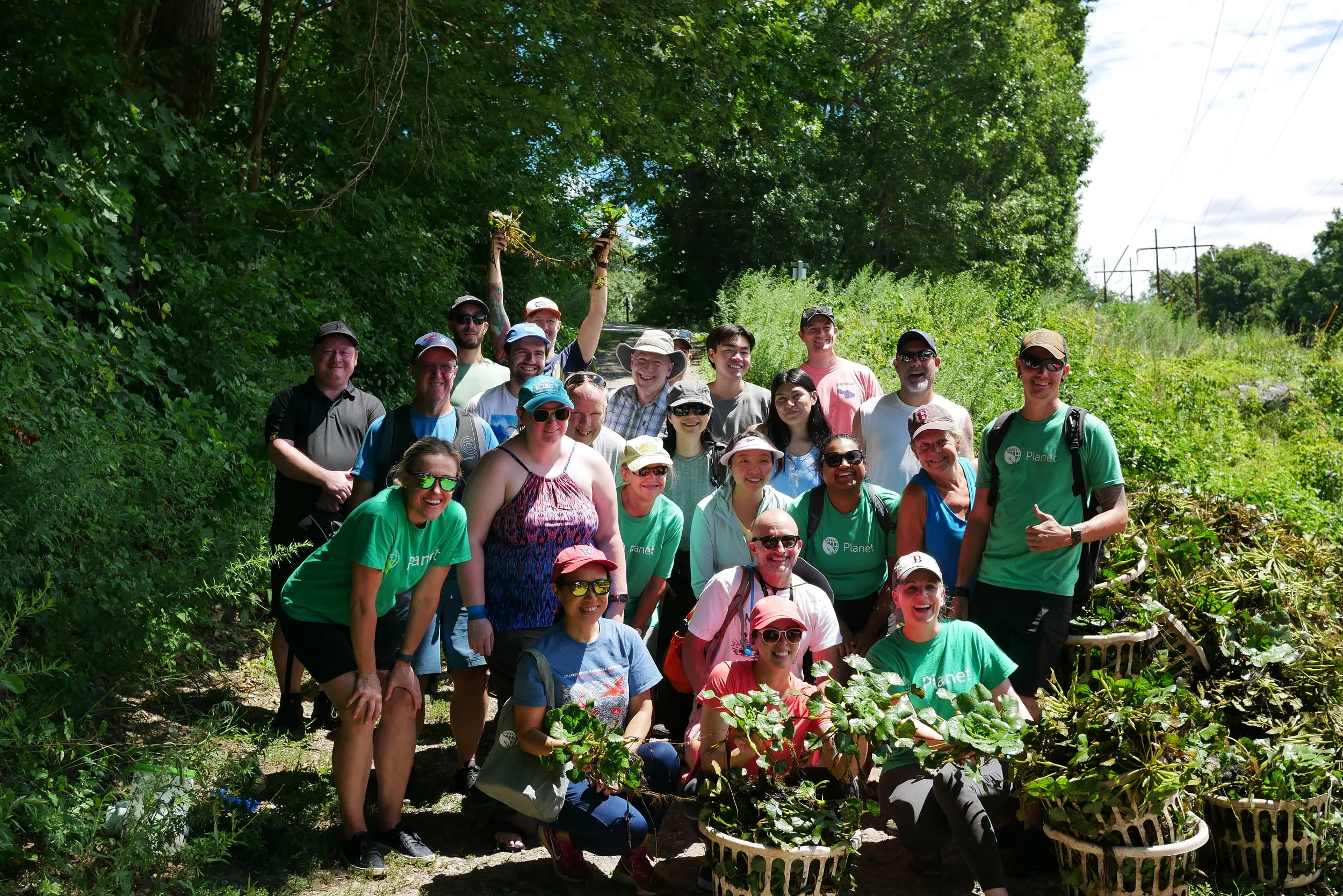RIVER SCIENCE
Analyzing the health of the river.
Love that dirty clean water.
Since 1995, CRWA has been collecting robust water quality data to understand the health of our river, advocate for effective cleanup and restoration strategies, and protect public health. Our River Science program serves as a model for watershed science programs across the country.
Our commitment to sound science and closely monitoring water quality to measure changes in the Charles River is as strong as ever. And, as climate change brings more frequent cyanobacteria blooms, severe droughts, combined sewer overflows, and more—our robust understanding of water quality and quantity provides us with the data we need to advocate for protections for our communities and ensure a clean, climate-resilient Charles River for future generations.
What we’re doing:
-

Water Quality Reports & Data
Water quality data collected by CRWA is considered to be of the highest quality possible by the US EPA and MassDEP. CRWA collects data on E. coli bacteria, phosphorus, total suspended solids, and more.
-

Volunteer Monthly Monitoring Program
One of the oldest and largest volunteer sampling programs in the country, CRWA’s Volunteer Monthly Monitor program has allowed us to create one of the most robust water quality databases in the nation to help us study ecosystem health, track pollution sources, and identify and advocate for solutions for a cleaner, healthier Charles River.
-

Flagging Program
CRWA’s Flagging Program provides live water quality alerts through a system of color-coded flags to indicate whether or not the Charles River is safe for recreation at thirteen locations from Watertown to Boston.
-

Biological Monitoring Program
Each year, CRWA brings together and trains volunteers to sample Benthic Macroinvertebrates (BMI) and conduct habitat assessments to better understand ecosystem health in our watershed. This vital data helps us better understand water quality across the watershed and identify priority restoration projects.
-

Cyanobacteria Monitoring Program
CRWA monitors the river for blooms of cyanobacteria, also known as blue-green or toxic algae—Excess phosphorus from stormwater runoff and warmer temperatures cause cyanobacteria populations to explode into a toxic bloom, releasing dangerous cyanotoxins that threaten public health, are fatal to pets, and are harmful to the ecosystem.
-
Chloride Monitoring Program
CRWA monitors in-situ conductivity levels to assess chloride levels and the impacts of road salt in the tributaries of our watershed. While salting roads in winter makes travel safer in New England, it can have adverse impacts on plants and wildlife in our freshwater rivers and streams, such as killing freshwater fish and plant species
Explore Our Data:
The E. Coli Dashboard, developed with Code for Boston, brings data to life. Each month, over 80 community scientist volunteers gather at 35 sites along the main stem of the Charles River and two tributaries, the Muddy River and Stop River, to collect water samples, measure temperature and depth, and record river conditions. This dataset, which goes back to 1995, is helpful for identifying long-term trends and studying the impact of stormwater pollution and sewage overflows on the river ecosystem.
-
DEFAULT VIEW
The dashboard shows the E. Coli concentration of all samples taken since 2005, for all the sites visible on the map.
Click the home button on the map to return to the default zoom view.
SELECT TIME PERIOD
You can select a different time period using the selector on the top right of the dashboard.
When the map is zoomed out, sampling sites are shown as clustered together. The size of the circle shows how many samples sites are in a cluster.
EXPLORE SAMPLING SITES
To explore sampling sites, click on a site in the map, and a pop-up will show the site name and recent data taken there.
SELECT SAMPLING SITES
To select sampling sites, there are two options:
Using the map: Click the arrow icon on the top left of the map; it should turn blue. Then, click on any site on the map, or hold the shift key to select multiple.
Using the sample site list (directly underneath the map): Click on the site you are interested in, and click that site again to deselect it.
-
The donut chart shows the percentage of sites that fall into each health-risk level, for the time period and site(s) selected. If you select one site, it will show the distribution of health-risk levels at that site, over the time period selected.
The gauge chart shows the average E. Coli concentration of the selected site(s), over the time period selected.
The line chart shows all the data at the select site(s) over time, and which level of health risk they fall into. You can use the slider above the graph to change the time period visible, and watch the graph change!
-
The US Environmental Protection Agency (EPA) & the Massachusetts Department of Environmental Protection (MassDEP) sets water quality standards for E. coli bacteria to indicate the level of health risk in freshwater.
MassDEP recommends not swimming or fishing when the level of bacteria exceeds 235 colony forming units (cfu) per 100 mL and not boating on days when the level of bacteria exceeds 1260 cfu/100 mL. This so-called “single-sample threshold” is used everywhere in the dashboard.
BLUE (Safe for swimming): E.Coli concentration is under or equal to 235 cfu/100 mL
YELLOW (Safe for boating only): E.Coli concentration is between 236 cfu/100 mL and 1260 cfu/100 mL
RED (Not safe for activities): E.Coli concentration is above 1260 cfu/100 mL
-








